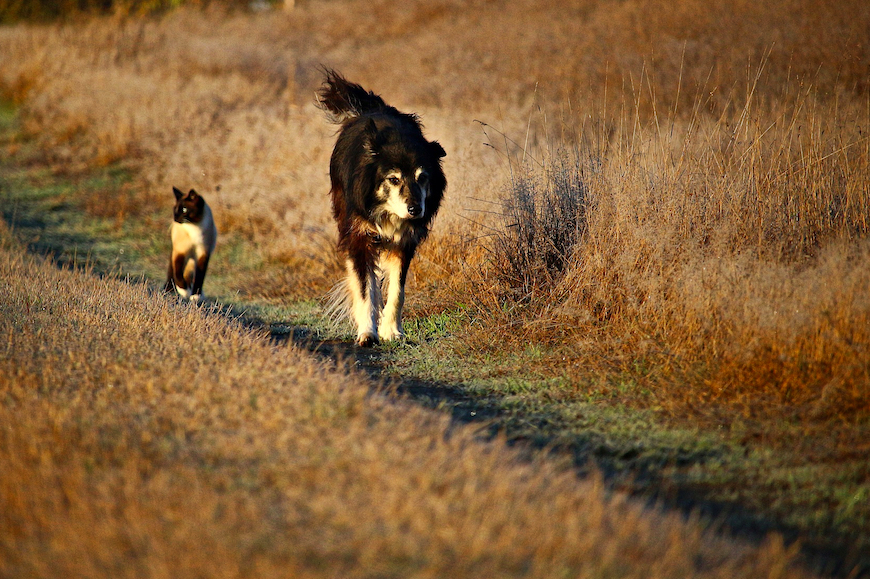Disasters and Emergencies Affect Us All
(Archived story. Original version is here.)
BY ALLISON KOZICHAROW; EDITED BY BERNICE BORN
Disasters such as fires, hurricanes, earthquakes, tornadoes, floods and violent storms can cause great harm. These kinds of events underline the importance of a One Health perspective — the critical link among humans, animals and the environment that we all share.
Hurricane Katrina, over a decade ago, taught the U.S. Government many lessons. One of them addressed the anguish of people being forced to abandon their pets during evacuation. What emerged was the Pets Evacuation and Transportation Standards Act of 2006, which required “the Director of the Federal Emergency Management Agency (FEMA) to ensure that state and local emergency preparedness operational plans address the needs of individuals with household pets and service animals prior to, during, and following a major disaster or emergency.”
As a result of this, FEMA now offers information on helping pets in disasters. The Centers for Disease Control and Prevention (CDC) even provides instructions for pet safety in emergencies as well as a pet disaster preparedness kit (see sidebar).
Protecting animals, whether at home or in the wild, also means protecting ourselves against harmful germs and the zoonotic diseases, or infectious diseases, animals can bring us, such as E. Coli infection, rabies, cat scratch disease, plague (carried by rats) and the many mosquito-borne illnesses.
A 2019 study published in Science Daily provides a testable hypothesis that loss of animal habitat from deforestation and the increase in natural disasters link to the global emergence of infectious diseases such as Ebola, West Nile virus and Severe Acute Respiratory Syndrome (SARS).
In order to address the health of human populations, we must also address the health of animals and of the planet that hosts all living things — not only in a disaster or emergency but every day.
The CDC’s Pet Disaster Preparedness Kit
Documents
- Photocopied veterinary records
- Rabies certificate
- Vaccinations
- Medical summary
- Prescriptions for medications
- Most recent heartworm test result (dogs)
- Most recent FeLV/FIV test result (cats)
- Photocopied registration information (ex: proof of ownership or adoption records)
- Pet description(s) (ex: breed, sex, color, weight)
- Recent photographs of each of your pets
- Waterproof container for documents
- Microchip information (ex: microchip number, name and number of the microchip company)
- Your contact information (phone numbers and addresses for your family and friends or relatives you may be staying with)
- Pet boarding instructions
Water, Food, Medications
- For each animal, 2-week supply of food for each animal stored in waterproof containers
- 2-week supply of water for each animal
- Non-spill food and water dishes
- Manual can opener
- Feeding instructions for each animal
- 2-week supply of any medications (if applicable)
- Medication instructions (if applicable)
- 1-month supply of flea, tick, and heartworm preventive
Other Supplies
- Leash, collar with ID, and harness
- Litter and litterbox (cats)
- Toys
- Appropriate-sized pet carrier with bedding, blanket, or towel
- Pet first aid book and first aid kit
- Cleaning supplies for accidents (paper towels, plastic bags, disinfectant)
Source: CDC (PDF); pet safety before, during and after an emergency


